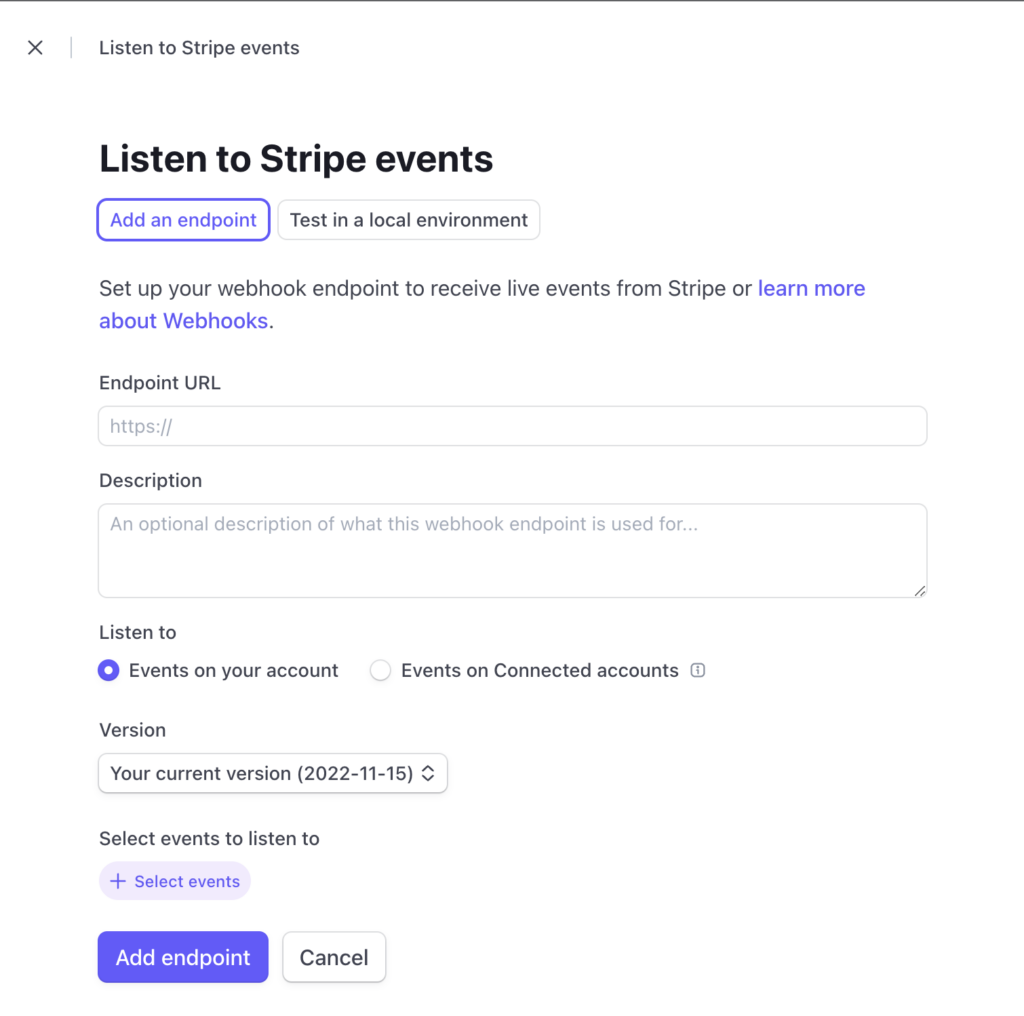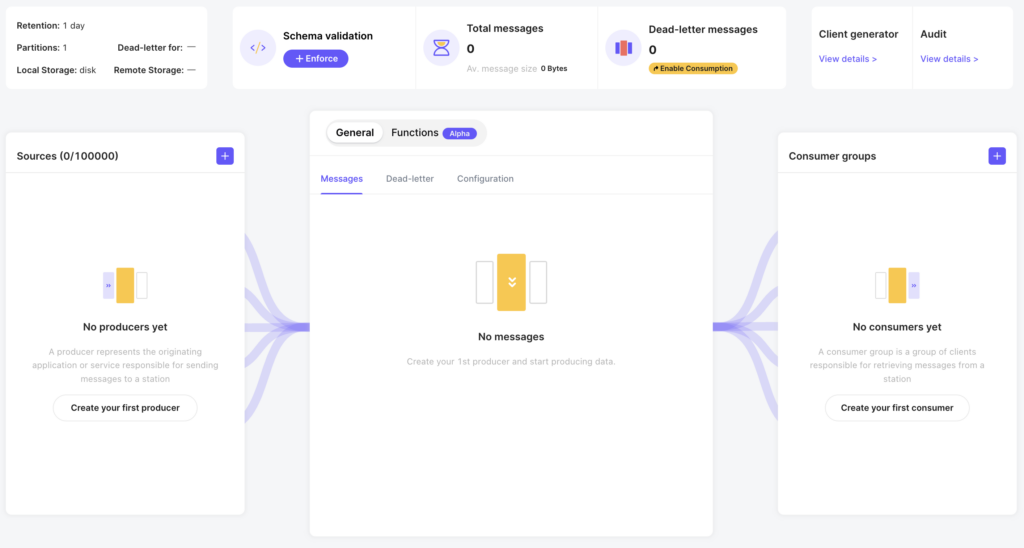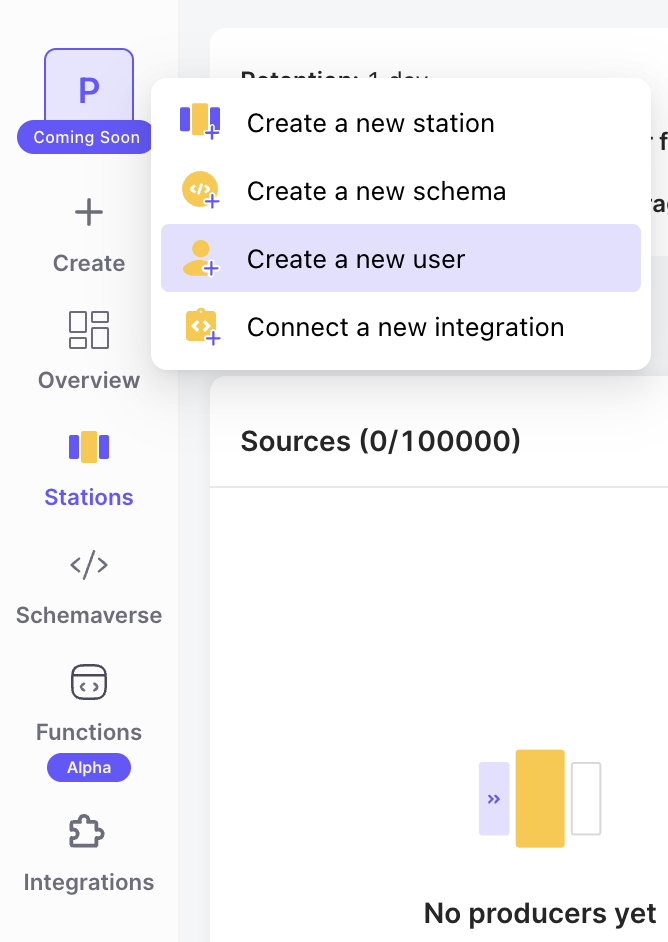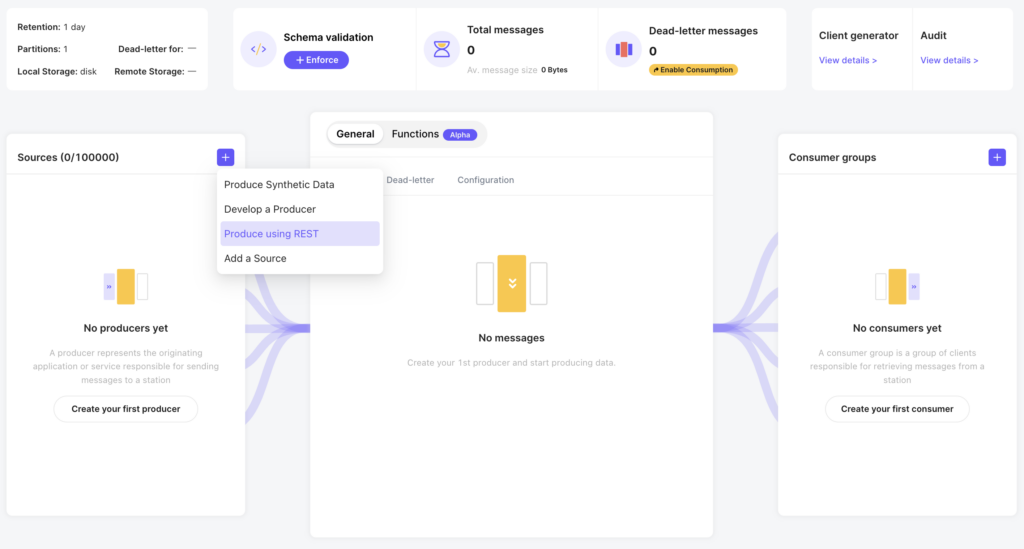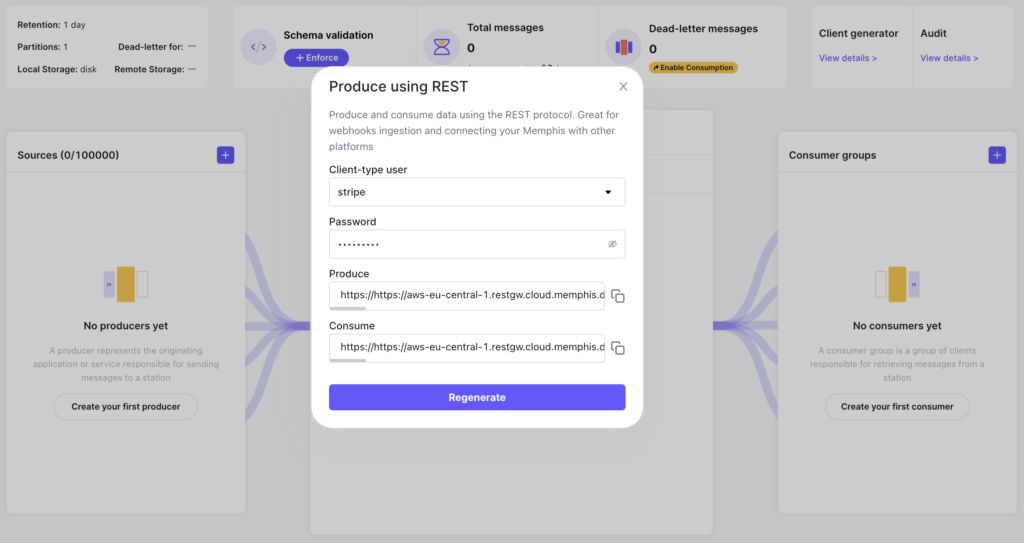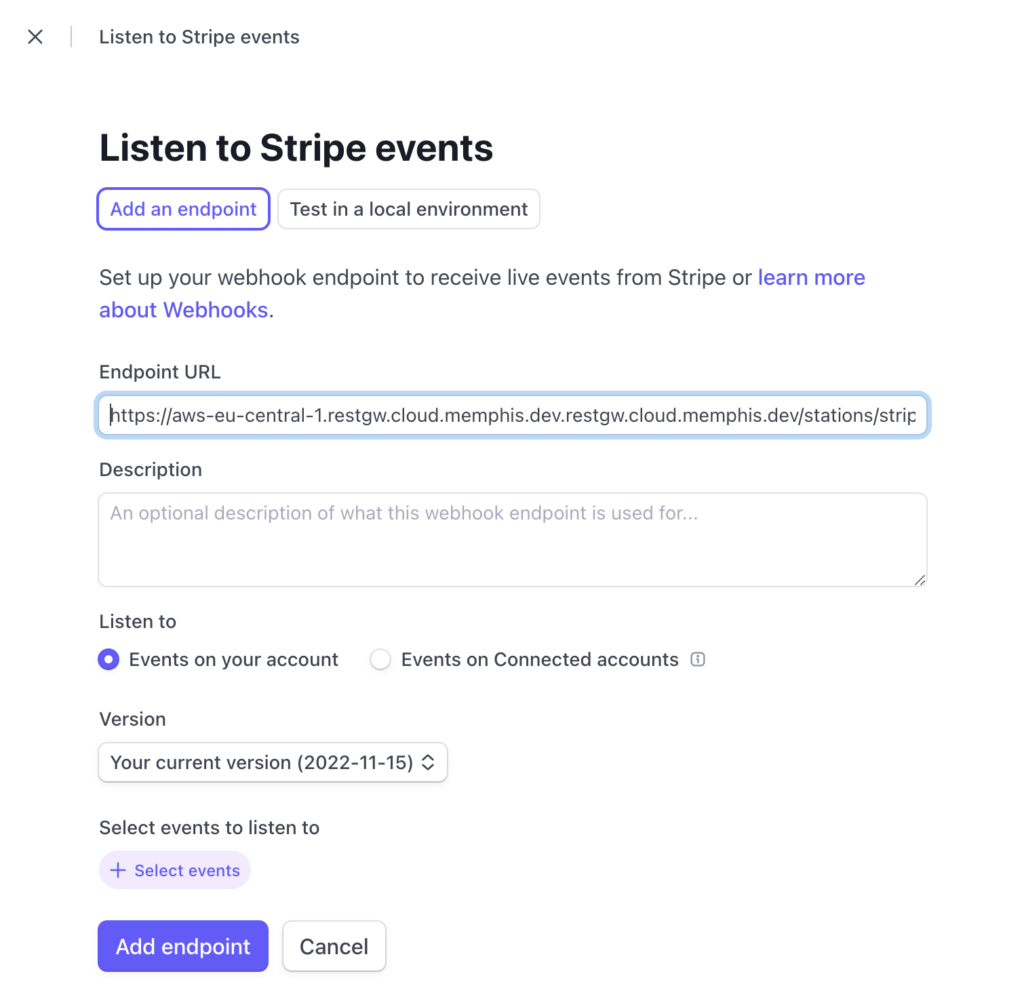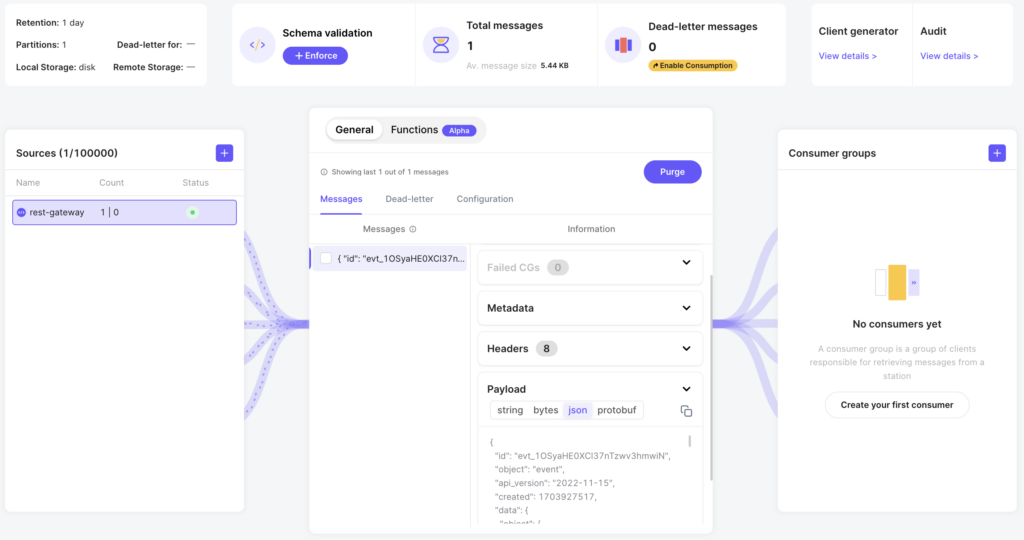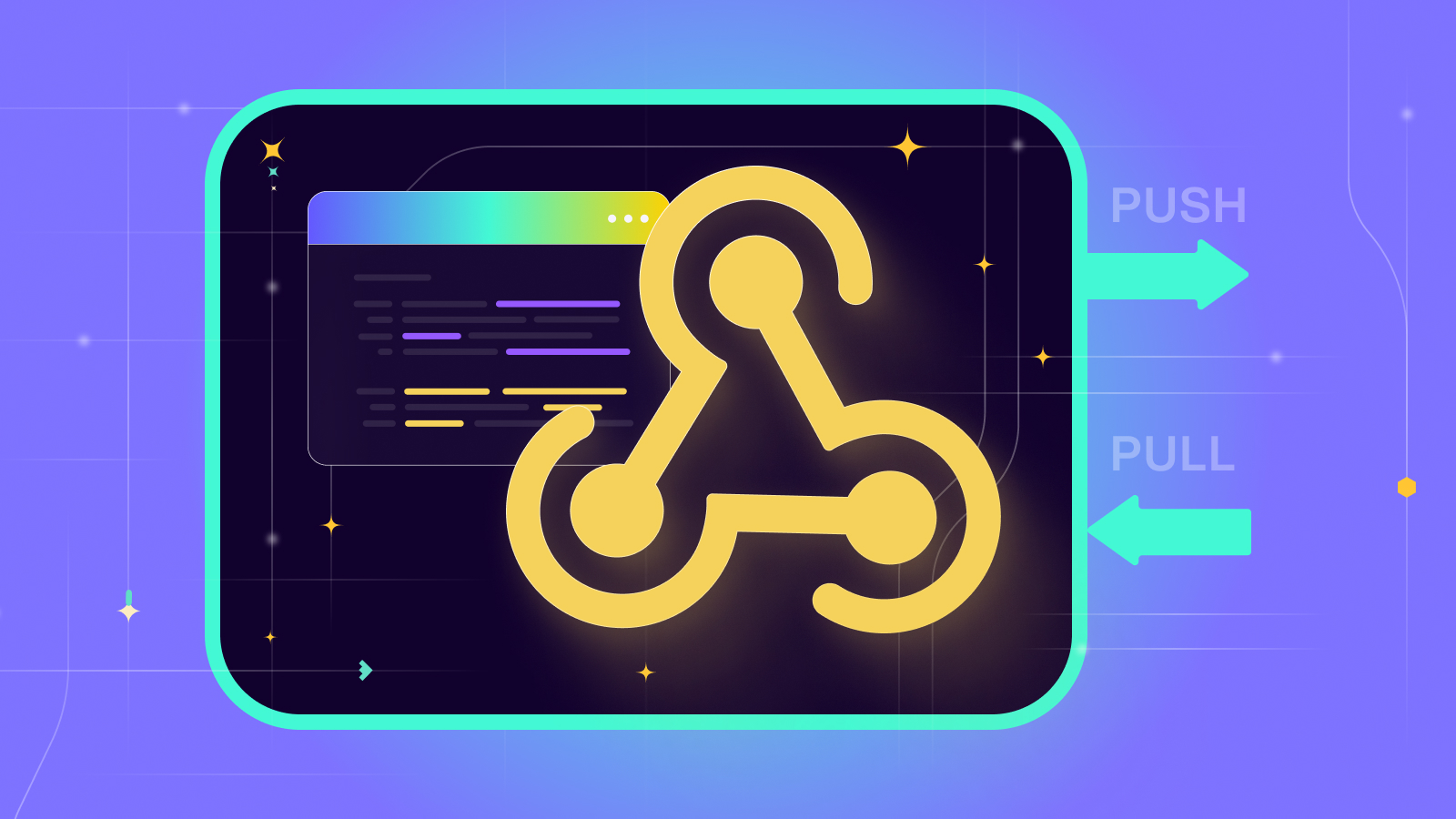Ingesting Webhooks From Stripe – The Better Way
 Contents
Contents
Introduction
Learn what webhooks are, and how you use them with Stripe to react to events quickly and in real-time with greater reliability using a streaming platform. Below, we’re answering these questions and more. This post will show you everything you need to know about webhooks, including what they are, how they work, examples, and how they can be improved using Memphis.
What are Webhooks?
Imagine a world where information flows seamlessly between systems. In this world, there’s no need for constant browser refreshing or sending numerous requests for updates. Welcome to the domain of webhooks, where real-time communication glides with the rhythm of efficiency and automation.
Webhooks stand out for their effectiveness for both the provider and the user. The main challenge with webhooks, however, is the complexity involved in their initial setup.
Often likened to reverse APIs, webhooks offer something akin to an API specification, requiring you to craft an API for the webhook to interact with. When the webhook initiates an HTTP request to your application, usually through a POST method, your task is to interpret and handle this incoming data effectively.
The downsides of webhooks
- Push-based:
Webhooks deliver or push events to your clients’ services, requiring them to handle the resulting back pressure. While understandable, this approach can impede your customers’ progress. - Implementing a server:
For your client’s services to receive webhooks, they need a server that listens to incoming events. This involves managing CORS, middleware, opening ports, and securing network access, which adds extra load to their service by increasing overall memory consumption. - Retry:
Services experience frequent crashes or unavailability due to various reasons. While some triggered webhooks might lead to insignificant events, others can result in critical issues, such as incomplete datasets where orders fail to be documented in CRM or new shipping instructions are not being processed. Hence, having a robust retry mechanism becomes crucial. - Persistent:
Standard webhook systems generally lack event persistence for future audits and replays.
- Replay:
Similarly, it boils down to the user or developer experience you aim to provide. While setting up an endpoint for users to retrieve past events is feasible, it demands meticulous handling, intricate business logic, an extra database, and increased complexity for the client. - Throttling:
Throttling is a technique used in computing and networking to control data flow, requests, or operations to prevent overwhelming a system or service. It limits the rate or quantity of incoming or outgoing data, recommendations, or actions. The primary challenge lies not in implementing throttling but in managing distinct access levels for various customers. Consider having an enterprise client with notably higher throughput needs compared to others. To accommodate this, you’d require a multi-tenant webhook system tailored to support diverse demands.
Why to use webhooks with Stripe
When you’re piecing together Stripe integrations, it’s crucial to have your applications tuned in to live events from your Stripe accounts. This way, your backend systems are always ready to spring into action based on these events.
To get this real-time event flow, you’ll need to set up webhook endpoints in your application. Once you’ve registered these endpoints, Stripe becomes your real-time informant, pushing event data directly to your application’s webhook endpoint as things happen in your Stripe account. Stripe uses HTTPS to deliver these events, packaging them as JSON payloads that feature an Event object.
Webhook events are your go-to for monitoring asynchronous activities. They’re perfect for keeping tabs on events like a customer’s bank giving the green light on a payment, charge disputes from customers, successful recurring payments, or managing subscription billing. With webhooks, you’re not just informed; you’re always a step ahead.
Why use Memphis as your Stripe’s webhook destination
- Convert the push to pull: Memphis.dev operates as a pull-based message broker where clients actively pull and consume data from the broker.
- Retry: Memphis provides a built-in retry system that maintains client states and offsets, even during disconnections.
This configurable mechanism resends unacknowledged events until they’re acknowledged or until the maximum number of retries is reached. - Persistent: Memphis ensures message persistence by assigning a retention policy to each topic and message.
- Replay: The client has the flexibility to rotate the active offset, enabling easy access to read and replay any past event that complies with the retention policy and is still stored.
- Back pressure: Let Memphis handle the back pressure and scale from your team and clients.
- Backup: You can easily enable automatic backup that will back up each and every message to an external S3-compatible storage.
- Dead-letter: They enable you to preserve unconsumed messages, rather than discarding them, to diagnose why their processing was unsuccessful.
How to get started
- Head to Stripe’s webhook dashboard
- Create a Memphis account
- Create a new Memphis station
- Create a new client-type user and generate a URL for producing data
- Copy the produce URL to the Stripe dashboard and click “Add endpoint”
- Once a selected event will occur, it will trigger an event that will be sent to your Memphis Station
